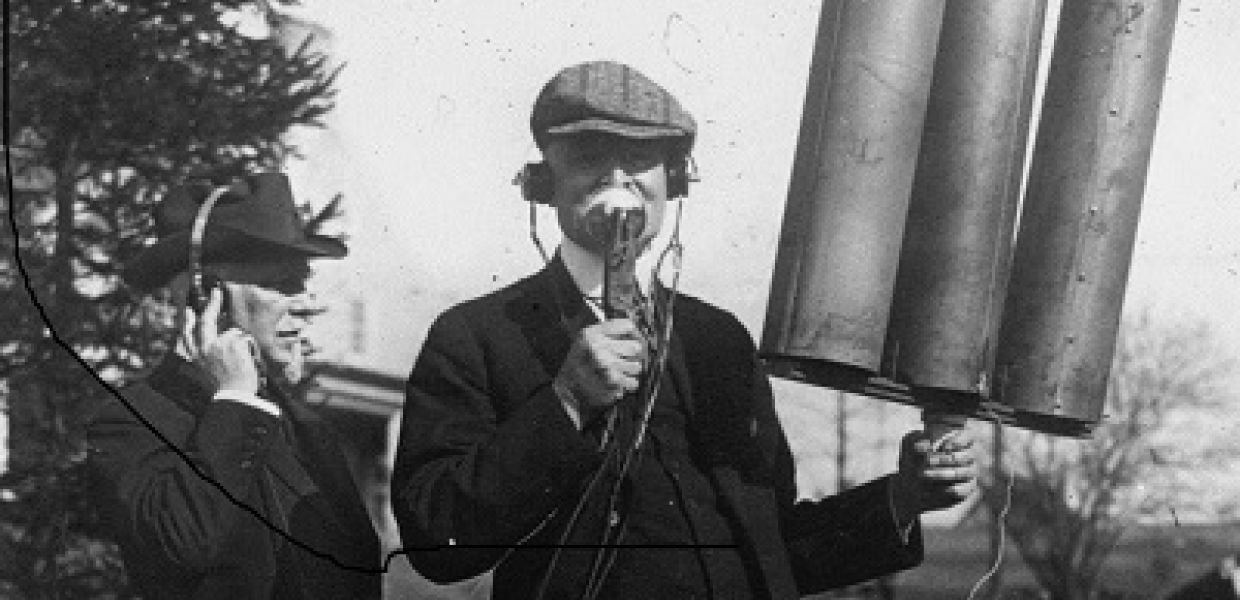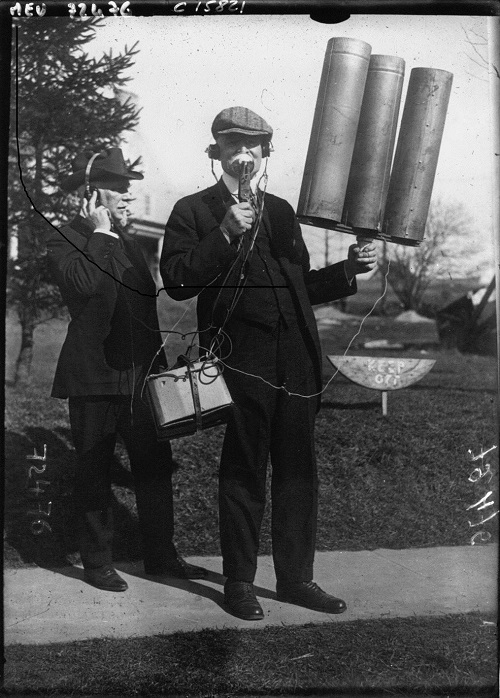Time and Technology

How Europeana collections can help us imagine what life was like before new technology.
A guest post by Steven Stegers, Programme Director of the European Association of History Educators (EUROCLIO).

An early example of wireless communication, France, 1919, National Library of France, Public Domain.
We live in a world full of technology and most young people have hardly any personal memory of life before these technologies. It can be hard for them to imagine what life was like without modern means of communication and transportation. By focusing on one particular type of technology and showing how this technology evolved over time, we can help students to get a better understanding of chronological developments and help them see evidence of how the past differs from the present.
Within the Europeana Collections there are many resources related to innovation and technology, and archives. Tekniska Museet (the Swedish National Museum for Science and Technology) and Danmarks Tekniske Museum (the Technical Museum of Denmark) even specialise in this field. A vast amount of artefacts, images and videos are available and can be used to teach about changes in technology. Because the amount of information available can be overwhelming, Europeana and EUROCLIO worked together to make collections that show how certain types of technology - cars, airplanes, photo cameras, music recorders, maps, mobile phones - have evolved over time and changed people’s lives.
The source collections on photo cameras and music recordings can also be used to help students reflect on how technology impacts the way we look at the past, because it is only through them that we actually have a record of the past. The source collection of mobile phones can help students realise how quick some technological changes can happen, useful when they ask their parents what life was like when people could not be reached at all times by a mobile phone. The source collection on cars and airplanes can help students understand how the world became (relatively) smaller because more people could travel further distances more easily. This had a big impact on the economy, the military and everyday life. The source collection on maps helps students realise that there was a time when people had literally no idea where they were going. That our knowledge of what is where is the result of centuries of collecting information.
Together, these source collections can help us look at social history through the lens of technology, and to measure the speed of societal change. The collections also help us to make judgements about the significance of technological changes and innovations for the world today. The source collections also show that people demand changes over time, as considerations like aesthetics, price and user-friendliness begin to play a more important role.
